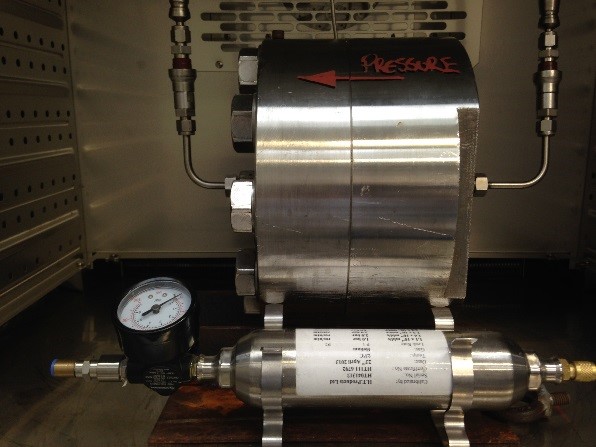Author: Eric Bucci, Segment Manager, Oil & Gas Americas, Trelleborg Sealing Solutions (tss.trelleborg.com)
Sealing systems can play a vital role in equipment performance and are considered critical components within the validation process of product design within the upstream and downstream oil and gas industries. Their impact can be fairly comprehensive, from preventing seal leakage to extending seal life or providing superior chemical and abrasive wear resistance to lowering dynamic friction.
Component designers in the oil and gas industry contend with unprecedented challenges, such as the presence of naturally occurring impurities like hydrogen sulfide, extreme temperatures, and pressures, the harshest of chemicals including corrosion inhibitors, biocides, descalers and hydrate inhibitors. In addition, there are also tight tolerances to meet, which can be adversely affected by vibration and dynamic movements.
Since there are so many variables that can affect sealing capabilities, material selection and seal design can vary greatly depending on the sealing application. It’s often a challenge to balance priorities and resources properly when addressing what are typical sealing issues. Maximizing performance is a requirement for all sealing systems. Operating challenges can drastically affect sealing performance. Validation can therefore be difficult and consume excessive resources.
So what are the right methods to properly address validation of sealing systems for oil & gas applications?
Verification and validation of a system design include procedures that are used together to check that a system will meet its intended specification, requirements, and objectives. The procedure provides assurances that reliability and performance will be maintained over the life of the process, delivering a comprehensive understanding of the risks or liabilities associated with the process and giving insight to many of the influences on the system’s performance. Equipment manufacturers serving the oil & gas producers ultimately want to minimize the cost of validation without jeopardizing any validation requirement.
More than a series of tests, validation is a process. It is an important part of component design and begins with an inherent understanding that ‘validation is required, and that areas of concern are identified and solutions proposed. This process continues on through testing and completes with an analysis and verification of results. However, during design validation or development, market forces and conditions do not always allow for all the possible options to be considered. What is crucial to factor into the decision-making process is a balance of risk – such as with risk of failure mode or system functionality loss and associated liability.
There is also a balance in terms of investment to be made and effort required to properly validate the product. In certain scenarios, where time and cost associated with validation are limited, it is prudent to take into account the key seal functionality requirements in equipment.
The process flow during a validation exercise incorporates all significant factors for consideration. Even though the amount of crucial elements to consider for a sealing system may seem overwhelming, there is a general practical approach and flow to many of these factors. This can help eliminate common mistakes and duplicate common successes.
For starters, effective communication between the sealing supplier and the customer, and subsequent thoughtful and planned action is paramount. While this approach does require more effort up front, the rewards outweigh the effort because the result has significantly less risk of issues in the future. Any mistakes in planning can lead to the incorrect validation of systems, potentially meaning that products have to be redeveloped, which is very costly, or that a product is launched with a poor understanding of sealing behavior or a lack of stability.
One example of where validation is important is preventing seal leakage from valves or actuators, vital parts of effective offshore operations. Testing for leakage and understanding its impact on the environment are important in the validation process of these products and are critical in making sure that environmental specifications are met.
Another example of the importance of validation at the planning stage is to ensure compliance to industry standards. Seal materials chosen based on preferred chemical compatibility or sealing properties should also be validated in terms of compliance to relevant industry standards, such as NORSOK or API, at an early stage of design.




